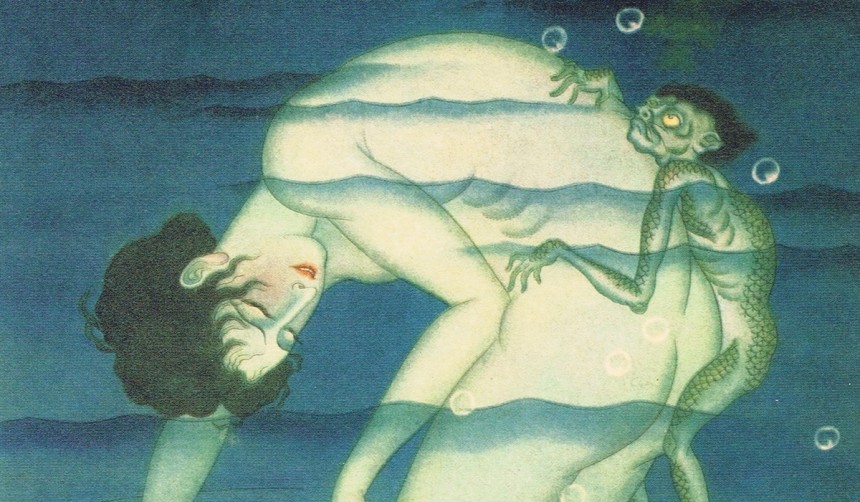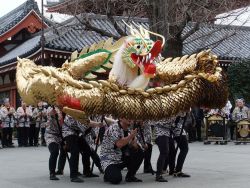
The main inconvenience when visiting exhibitions in Japan is the crowd you often encounter, so it’s always a pleasure to discover a show by a great, talented artist who’s been overlooked by the masses.
Recently, I came across an almost classic example of this in “The Bewitching Beauty of Japan,” an exhibition of Sayume Tachibana’s work at the Yayoi Musuem—which also happens to be one of the quaintest and most charming art venues in our city.
To Western eyes, it may seem that Sayume has something of a typical gothic sensibility. His subject matter includes ghosts, water sprites, shape-shifting fox ladies, “hell courtesans,” and tragic stories of lost love, murder, and suicide. However, his career, which spanned the Taisho and early Showa Periods, came well before more conventional gothic influences reached Japan; so his art represents a truly authentic Japanese sense of the macabre and mysterious.
Sayume is a semi-tragic figure. His introspective and otherworldly art emerged at a time when Japan was moving towards militarism and modernism. Although this means his art now has a poignant atmosphere of ghostly nostalgia, at the time it meant he could not enjoy all the success his talent merited. Also, a great many of his works were destroyed in the great fire that followed the Tokyo Earthquake of 1923, while others were destroyed in the War.
Nevertheless, this exhibition manages to bring together an excellent collection of around 200 works, including his astounding A Water Sprite (1932), which was banned in its time from being displayed. According to Keiko Nakamura, a curator of the Yayoi, this was not so much because of its erotic overtones—it shows a naked lady drowning—but because of “the ambivalent feelings about death it represents.”
But although there’s an element of ill fortune in Sayume’s story, it also turns out that he was luckier than could be expected. The reason he developed such an idiosyncratic style was because, as a small child, he was diagnosed with a heart condition and told he would never reach adulthood.
“Because of his heart disease, he was obsessed with ‘the other world’ after death,” Nakamura explains. “Female nymphs and ghosts living in another world were not only attractive but also familiar to Sayume, who was feeling close to death all the time. So he spent most of his time in childhood reading literature and folklore rather than running around like every other child does. The Japanese folklore and tradition that he loved are full of enchanting and bewitching beauty, and he was strongly fascinated by these women, and embodied them in his works of art.”
Luckily, the doctors were wrong and Sayume grew up to become an artist as well as an illustrator for books and magazines. Working on different projects like this led to some variation in style, but there’s a constant tone of gentle, stoic enchantment that emanates from most of his work.
This is because, although fascinated by the dark side, he was not overwhelmed by it. Although sickly throughout his life, through careful living and abstinence, he managed to lead a relatively long and normal life, getting married and having four kids. But you would never guess that from the dark, mysterious, and grotesquely beautiful world he conjured up with his brush.
Yayoi Museum, until June 28. www.yayoi-yumeji-museum.jp







